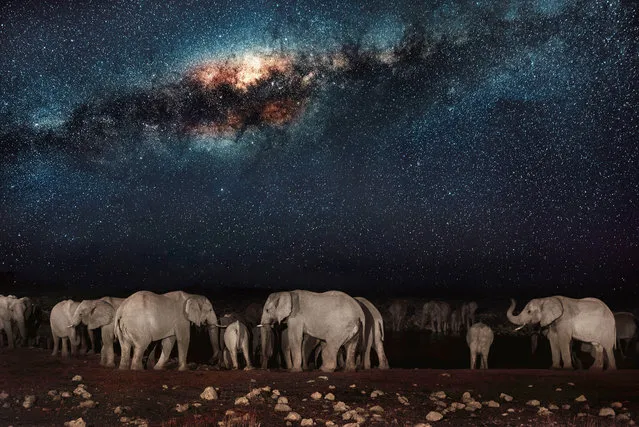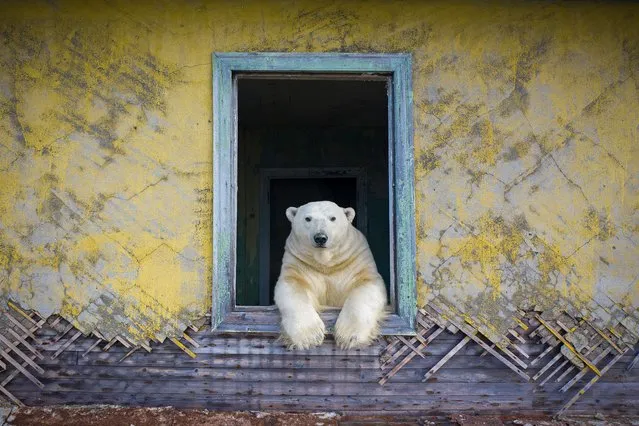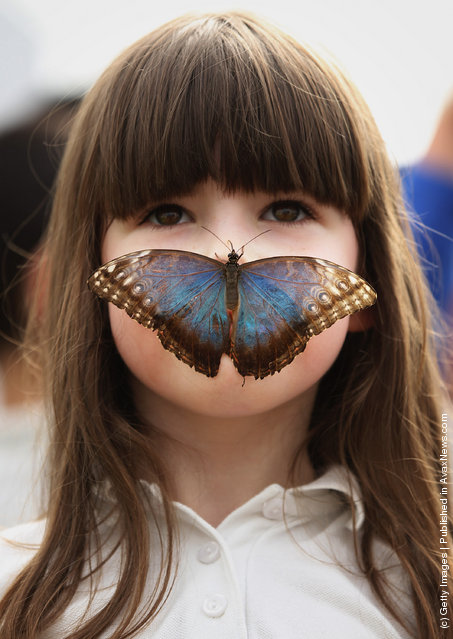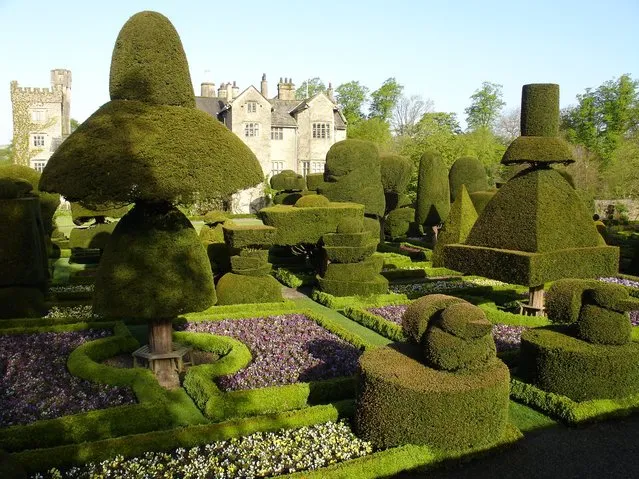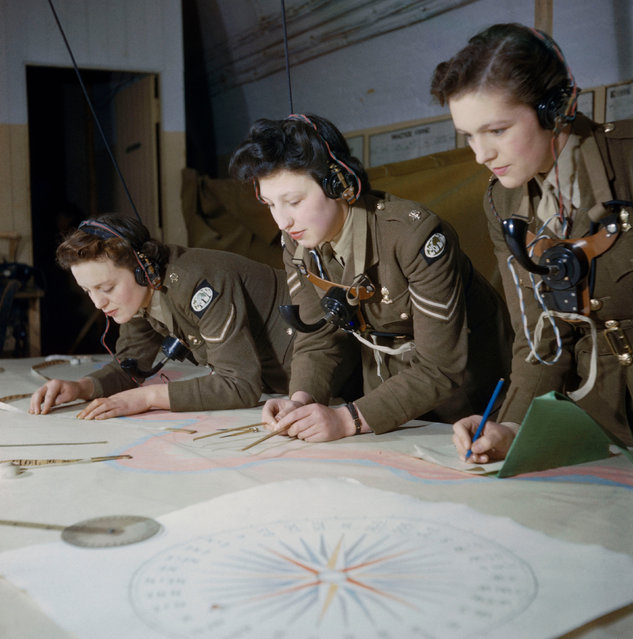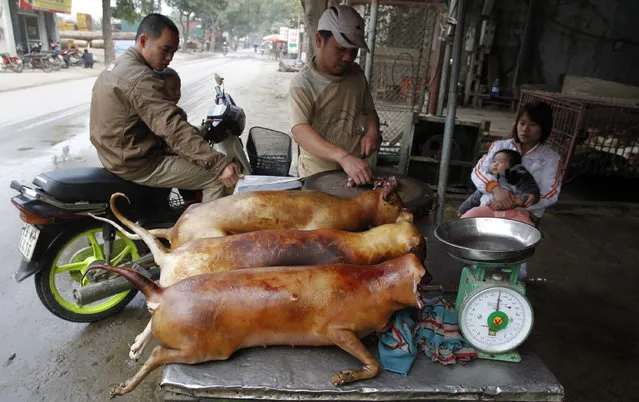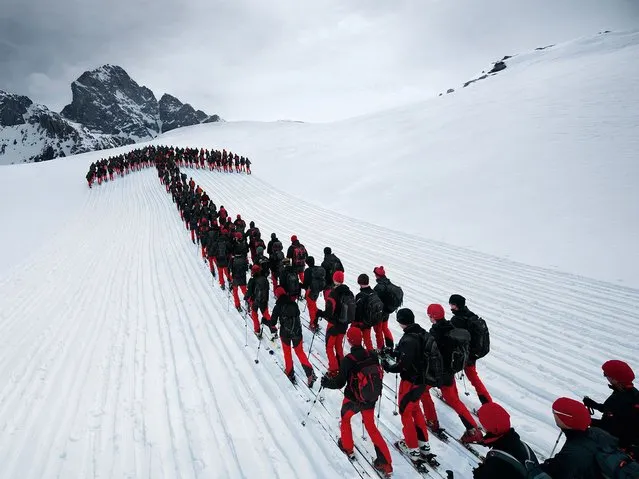
Climbers “painted” the Matterhorn red this week to celebrate a special anniversary. A group of mountaineers left red beacons along the route of the famous climb, which is one of the highest mountains in the Alps, and as nightfall came the imposing mountain came alive with colour. The event was organised by clothing brand Mammut to celebrate the 150th anniversary of the first explorers to scale the mountain. (Photo by MSN UK/Mammut)
24 Sep 2014 12:20:00,post received
0 comments

